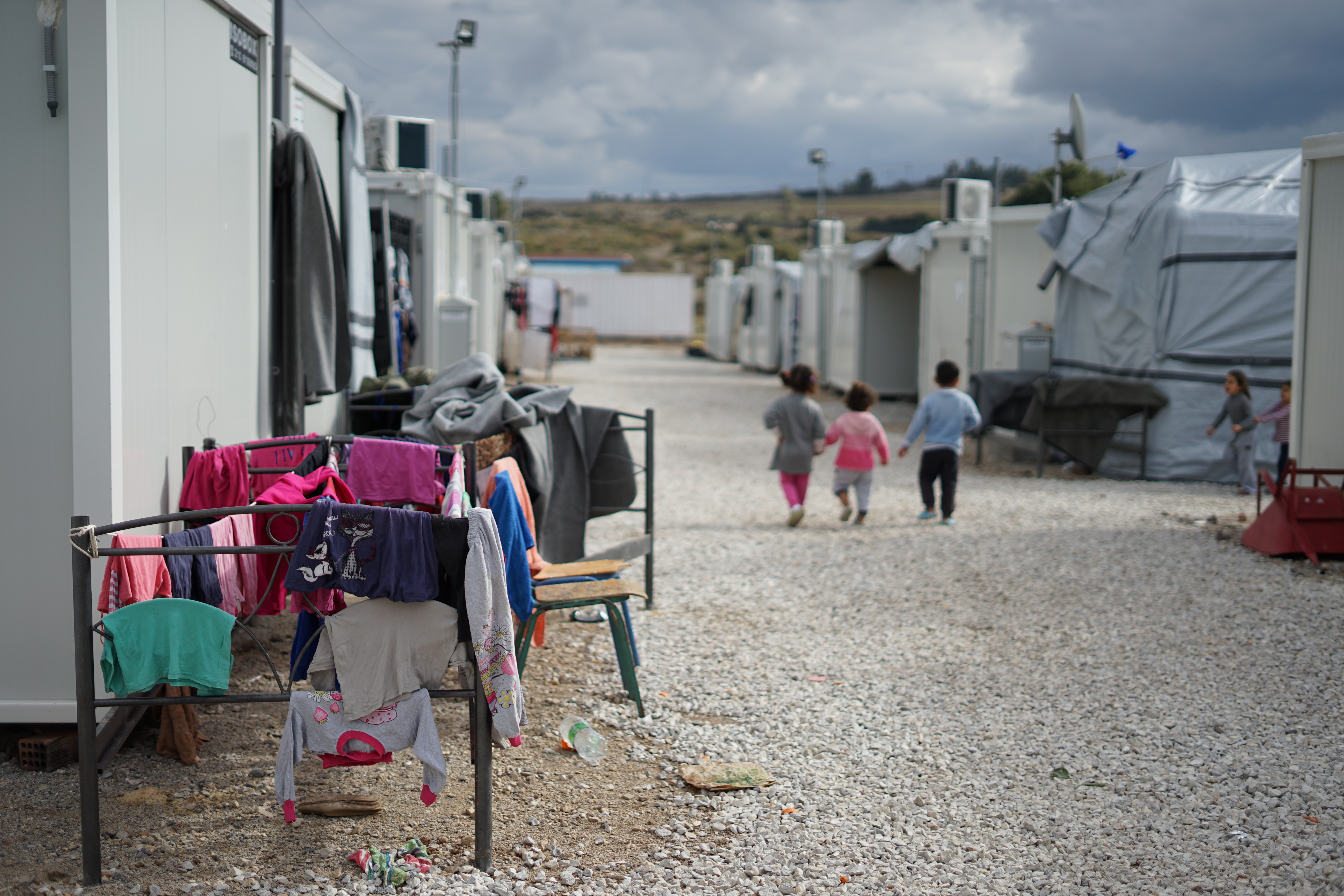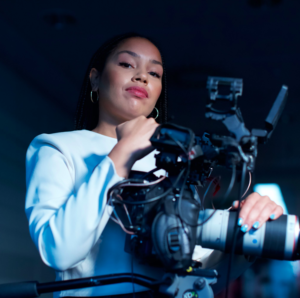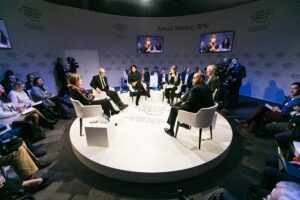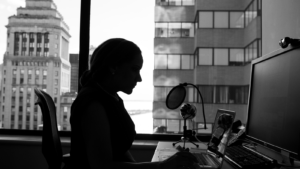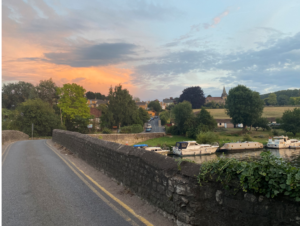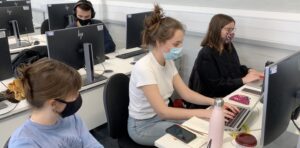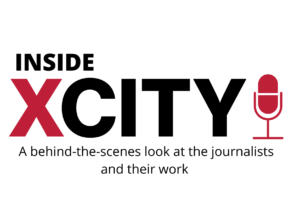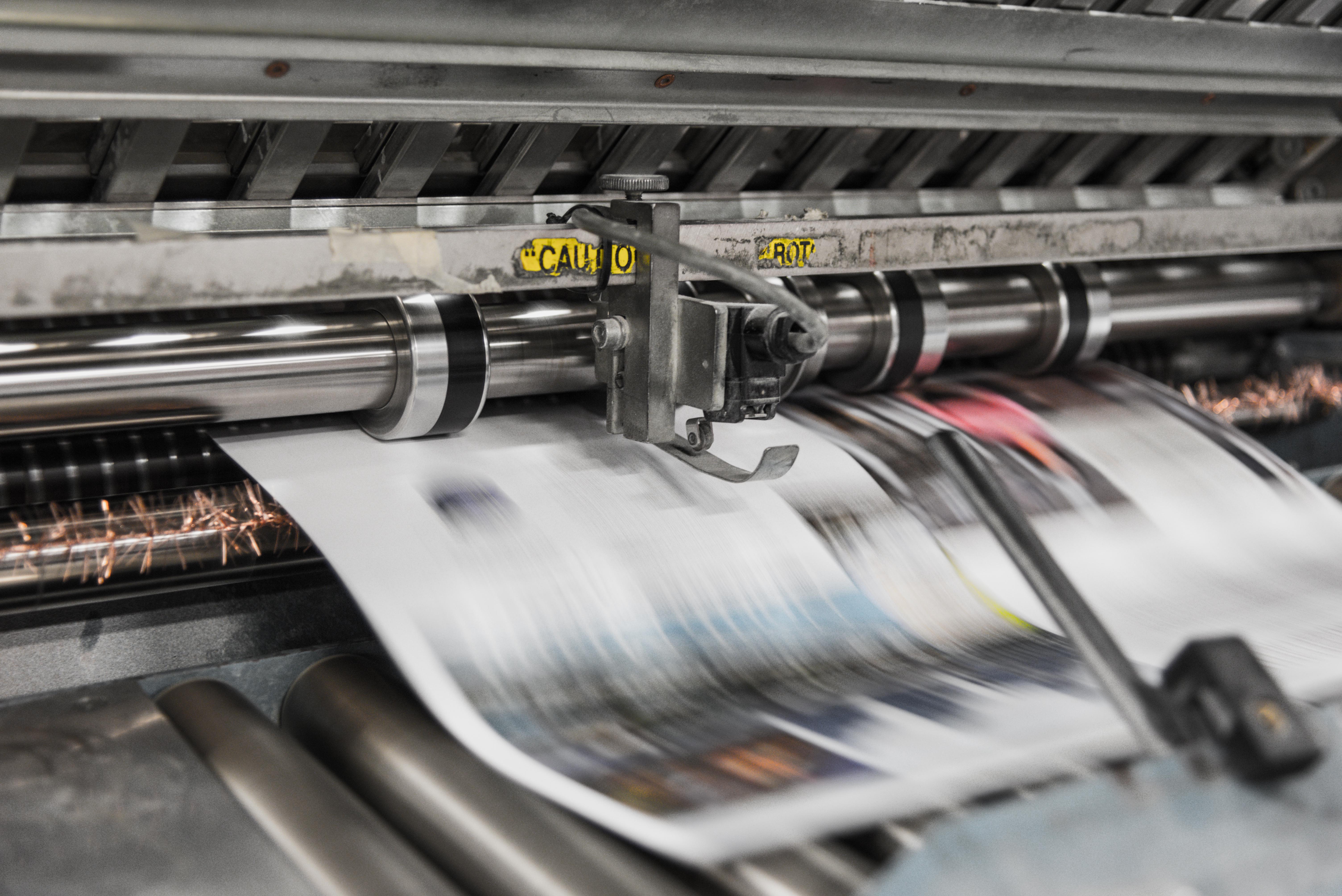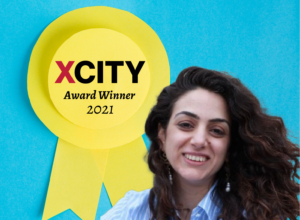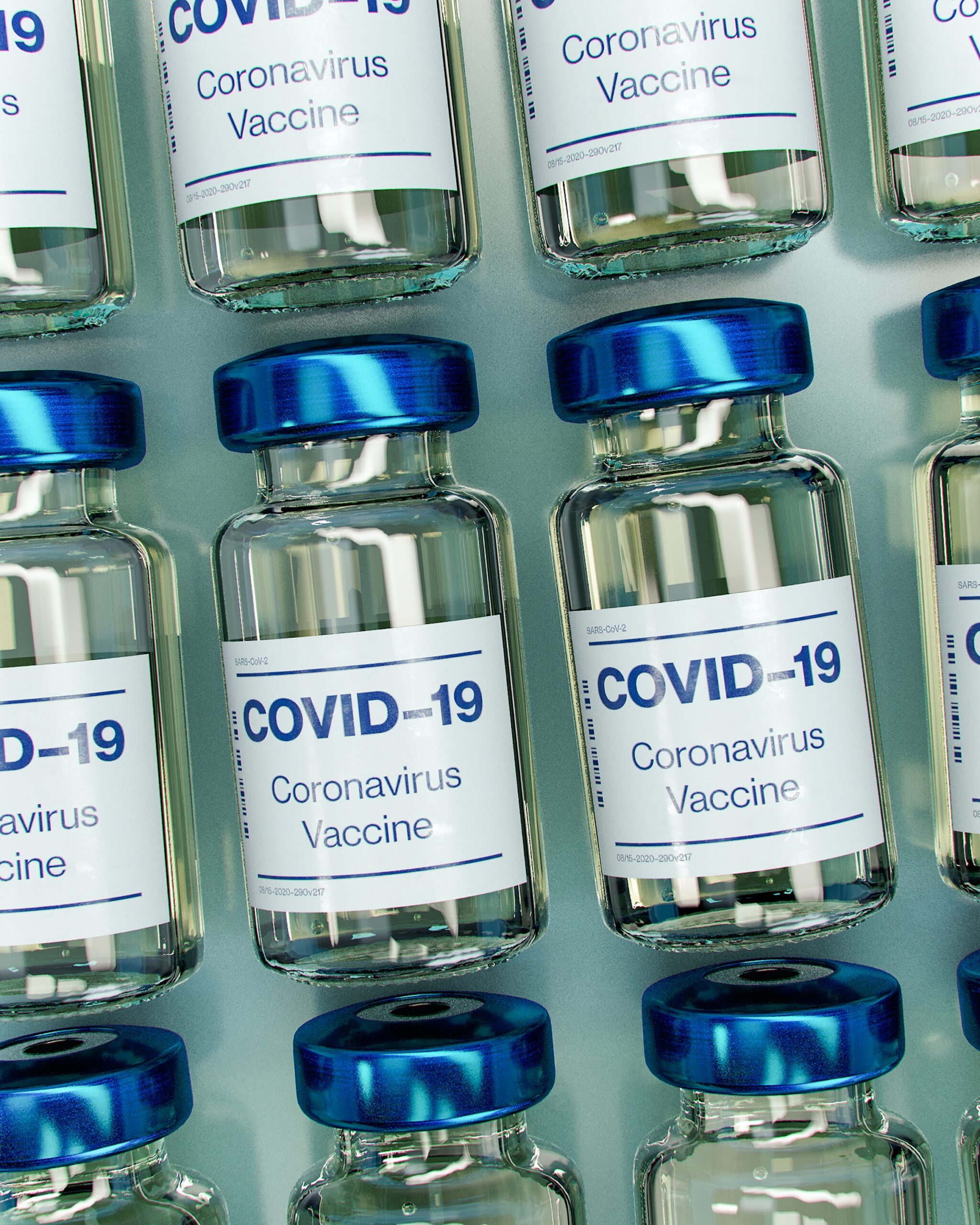
Image: Unsplash
Narzra Ahmed speaks to Laura Garcia about COVID-19 misinformation and disinformation.
The COVID-19 vaccination programme is a light at the end of the tunnel for those whose lives have ground to a halt due to the pandemic. But the success of that programme is being impeded by myths being spread online. In the UK alone, there are upwards of 5 million so-called ‘anti-vaxxers’ operating through online social media groups and stoking distrust about the COVID-19 vaccine.
First Draft is a non-partisan organisation that tries to prevent the spread of harmful misinformation. They offer practical training on tools for monitoring rumours, as well as guidance on how to respond effectively when it comes to slowing the spread of misinformation. First Draft is a charity in the US and a non-profit organisation in the UK. They are funded by Google and the Newmark Foundation, for example, but also have paying clients (for training and projects).
False health information is First Draft’s most recent challenge. Laura Garcia, training and support manager at First Draft, has developed an online course ‘Covering coronavirus’ to equip journalists with the tools to verify online information.
Last year, First Draft helped the World Health Organisation deliver their first Infodemic Management programme to around 200 participants from all over the world, who were trained with First Draft’s technical expertise on how to share accurate and engaging health information.
XCityPlus spoke to Laura Garcia about how misinformation and disinformation is spread and the causes behind vaccine hesitancy.
What is the difference between misinformation and disinformation?
Think about misinformation like the beginning of the word ‘mistake’. It’s when someone shares a piece of information, or a meme, or a video without willingly knowing that it’s false. It tends to be that we share it because we’re trying to warn someone or to protect our loved ones. Disinformation is when content is created with the intent to mislead willingly knowing that it’s false. That tends to be for political gain, to make money, to confuse, or to gain influence.
Why has there been misinformation around the COVID-19 vaccines?
Misinformation, and disinformation, can feel like a ‘digital problem,’ but it is really a people problem. People exist in digital and offline spaces and information, just like it can be really helpful, it can be really dangerous if it’s wrong.
Last year, there was a case of [700] people in Iran who died after drinking surgical alcohol, because there was a rumour going around that drinking alcohol would prevent you from getting COVID. With Iran being a Muslim country, getting alcohol isn’t easy. All they got themselves was surgical grade alcohol. They drank it and died of an overdose.
Why has there been so much disinformation regarding the COVID-19 vaccine?
There’s always going to be disinformation about things that are new, that are complex, that have ties into previous existing narratives that have a political side to it, are emotional, and that have to do with the safety of ourselves and the people that we love. In a lot of countries, it’s tied to politics; whether their governments are getting the vaccines or not, to corruption, and money.
More importantly, it’s about people’s lives, their safety and children. All of those things together are breeding grounds for disinformation. Disinformation takes hold when we are unsure of something and when we’re afraid. Coronavirus, and all of the things around it, tick all of the boxes that make this information spread faster, because it’s all new.

Why does misinformation more widely affect ethnic minorities?
Disinformation also spreads when a community has legitimate reasons for distrust, or historical reasons to distrust whatever is happening in front of them. When it comes to ethnic minorities, there are obviously historical reasons why maybe people don’t trust institutions, governments, or the medical profession, which means that half of the job is already done: People are already very willing, for good reasons, to not believe in something. That means that how you get people to buy into an idea or not is a lot harder.
It’s both a mixture of the community’s lived experience, and also the practical realities of how vaccination distribution is being set up. Right now, it’s obviously very concentrated in Europe, the US, UK, and wealthy countries… They’re sometimes forgetting the lack of access, or the barriers of access of some other communities.
Are there any positive aspects of social media, when it comes to tackling misinformation?
There are also a lot of really interesting initiatives by community leaders trying to address people’s questions [on social media] and make them feel a bit more knowledgeable about what they’re starting to do. For example, there’s an Imam [on Twitter] who used to be a pharmacologist who does Q&As in English, but also in Urdu so that it reaches these communities. I found another lady who is a doctor. I think she’s Indian, and she does the same. She answers her questions both in English and in Hindi.
What is First Draft News doing to tackle COVID vaccine disinformation?
So very early on this year, we realised that the big story was going to be vaccines. As different countries rolled them out, there was going to be a lot of information and therefore a lot of disinformation. At the end of February, we started running a 10-week free course online called ‘Vaccine Insights’ that people can take absolutely for free. We deliver it three times every week to hit different time zones. And it’s also being simultaneously translated into eight other languages, because we recognise that language can sometimes also be a barrier of entry to knowledge. The course runs until the end of April. People can sign up on our website and there’s also recordings of all the previous sessions. Hopefully this will become a really good resource for journalists, researchers, journalism students, professors, NGO workers, people in health communication to get a grounding of what the landscape is, what tools we have to fight against it, and also how we can together build positive counter narratives.
You can access the course here.

